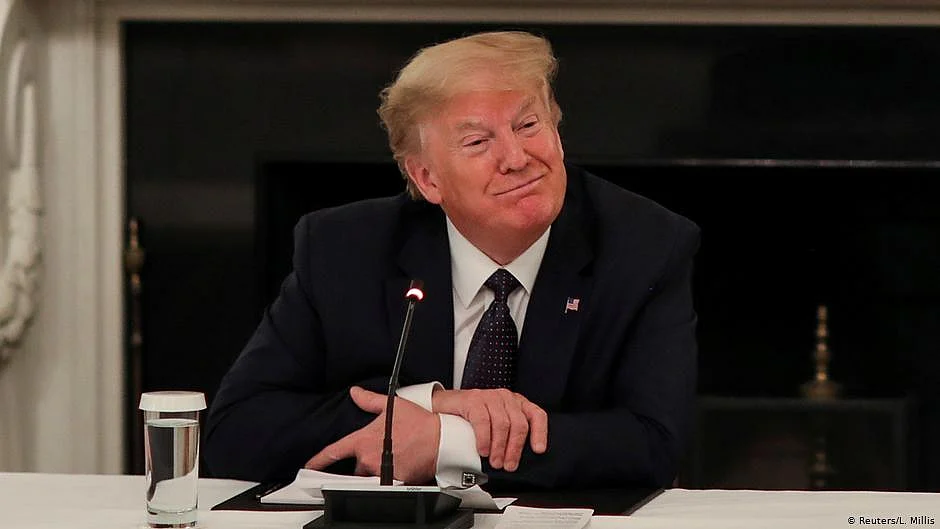Trump announces permanent pause on migration from ‘Third World’ countries
The US president did not specify which nations fall under the “Third World” designation, leaving the term undefined in his statement

In the aftermath of a shooting near the White House, US President Donald Trump has announced a sweeping immigration policy, declaring a “permanent pause” on migration from what he referred to as “Third World Countries.”
Trump made the announcement late at night on his Truth Social platform, criticising the previous Biden administration for allegedly enabling “illegal admissions” that, he claimed, had undermined improvements in living standards despite technological progress.
In his statement, Trump said the measures would halt migration, terminate what he described as millions of “illegal admissions” under Biden, remove migrants deemed non-contributing or a security risk, end federal benefits for non-citizens, and deport individuals “incompatible with Western civilisation.” He did not specify which countries would be affected.
The origins of ‘Third World’
The term “Third World” was first coined in 1952 by French demographer Alfred Sauvy. Originally, it described nations that remained unaligned during the Cold War, standing between the NATO-aligned “First World” and the Communist “Second World.” Sauvy also linked the term to underdevelopment and anticolonial movements, offering a framework for political and social analysis.
During the Cold War, countries such as Switzerland, Finland, Ireland, and Austria technically fell under the Third World category, despite their advanced economies today. After the collapse of the Soviet Union in 1991, the term’s meaning shifted to denote economically disadvantaged or developing nations, often associated with high poverty, political instability, and low industrialisation.
Criticism and modern alternatives
Modern usage of “Third World” has drawn criticism for being derogatory and implying hierarchy. Experts now prefer terms like “developing countries,” “least developed countries” (LDCs), or “low-income countries,” classifications used by the United Nations and the World Bank based on human development, income, and structural vulnerabilities rather than Cold War politics.
The UN currently lists 44 countries as LDCs, including 32 in Africa, eight in Asia, one in the Caribbean, and three in the Pacific. These nations receive special assistance, capacity-building support, and preferential market access.
India’s position
Whether India would be affected by Trump’s policy is unclear. Historically, under Sauvy’s Cold War definition, India was non-aligned and could be classified as Third World. In modern economic terms, India is a developing country and does not appear on the UN’s LDC list. According to the 2025 Human Development Index, India has an HDI of 0.685, placing it below high-income nations but outside the UN’s least-developed category. Trump did not clarify which countries would fall under his proposed migration pause.
The announcement, using a historically ambiguous and controversial term, has raised questions about its implementation, international implications, and impact on migration flows.
With agency inputs
Follow us on: Facebook, Twitter, Google News, Instagram
Join our official telegram channel (@nationalherald) and stay updated with the latest headlines
